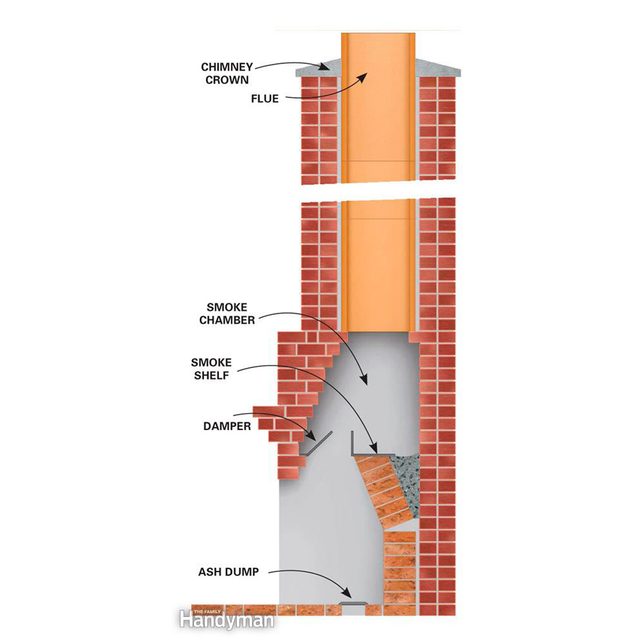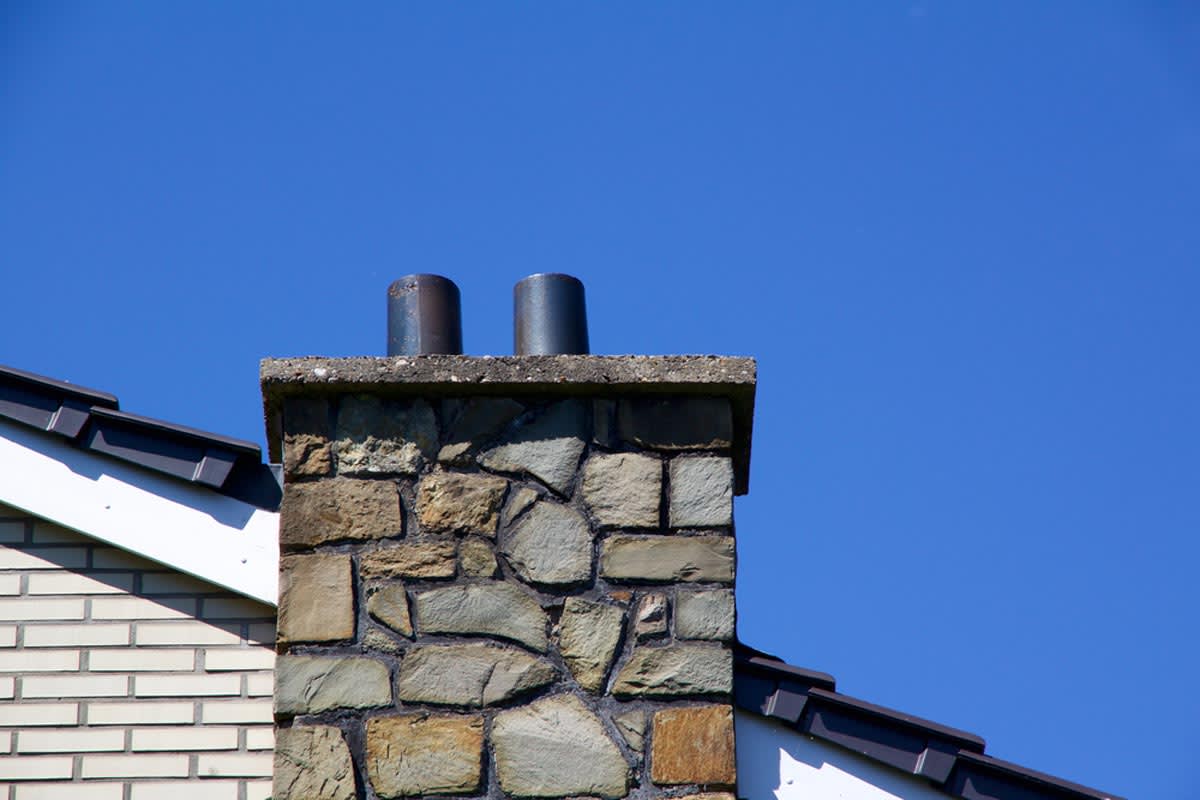Necessary Chimney Maintenance San Jose Tips Every Home Owner Need To Know
Necessary Chimney Maintenance San Jose Tips Every Home Owner Need To Know
Blog Article
Expert Tips for Effective Chimney Upkeep You Need to Know
Smokeshafts function as important components in numerous homes, providing warmth and comfort. Nonetheless, ensuring their proper upkeep is commonly overlooked until issues emerge. Comprehending the details of smokeshaft treatment can be the secret to preventing costly repair work and protecting your home and family. From the significance of routine evaluations to safe operational methods, an extensive method to chimney upkeep is necessary. Let's discover specialist tips that can assist you maintain your chimney in optimum problem for years to come.
Importance of Regular Inspections
Routine assessments of smokeshafts are necessary for guaranteeing their security and performance. Smokeshafts play an important role in venting out unsafe gases and preserving correct airflow in a home. With time, creosote accumulation, debris, and structural damage can happen within the chimney, positioning severe threats such as chimney fires or carbon monoxide leaks.
Throughout a chimney inspection, educated professionals examine the problem of the smokeshaft, trying to find any type of indications of damage, blockages, or wear and tear. They also inspect the integrity of the flue, chimney liner, and smokeshaft cap to ensure everything is in proper working order. By identifying and addressing concerns at an early stage, expensive fixings or prospective risks can be stayed clear of.
Routine inspections not just assist in preserving the safety and security of the chimney but additionally add to its general effectiveness. A tidy and well-kept smokeshaft operates a lot more successfully, making certain proper ventilation and reducing the risk of interior air pollution. Organizing yearly smokeshaft assessments is an aggressive step that homeowners can take to protect their home and enjoyed ones.
Cleaning Strategies and Regularity
Keeping the security and performance of a smokeshaft includes not only normal inspections but also implementing ideal cleansing techniques and establishing the ideal frequency for cleansing. Chimneys need to be cleansed by an expert chimney move at the very least yearly, also if they are not regularly made use of. If the chimney is used on a regular basis, especially with wood-burning ranges or fireplaces, it might require even more frequent cleansings to avoid the buildup of creosote, an extremely combustible compound that can lead to smokeshaft fires.
Property owners should never neglect chimney cleaning, as it is important for keeping a useful and risk-free chimney system. Normal cleansings not just minimize the risk of chimney fires however also boost the chimney's overall performance and longevity.
Addressing Smokeshaft Leaks

When resolving chimney leaks, extensive assessment and prompt repair services are critical to avoid water damage and keep the structural integrity of the chimney. Leaks in a smokeshaft can lead to severe issues such as mold and mildew growth, deterioration of the smokeshaft structure, and even potential fire threats. To efficiently deal with chimney leaks, beginning by checking the smokeshaft cap, crown, blinking, and stonework for any type of signs of damages or wear.
Recognizing Creosote Build-Up
To recognize the possible dangers of creosote build-up in smokeshafts, it is crucial to identify its formation process and effect on smokeshaft performance. When wood or fossil gas are burned, Creosote is a brown or black Recommended Reading tar-like substance that accumulates inside chimney systems. As smoke rises via the chimney, it condenses and cools, leading to the over here development of creosote, which adheres to the smokeshaft wall surfaces.

Normal smokeshaft examinations and cleansings by a specialist chimney sweeper are crucial in avoiding creosote build-up and ensuring the safe operation of your chimney system.
Safe Procedure Practices
Applying correct safety and security procedures is essential for the effective and secure procedure of smokeshaft systems. When making use of a fire place or wood-burning range, it is important to comply with specific safety techniques to stop possible dangers. Constantly guarantee that the chimney is professionally checked and cleaned up frequently to remove any kind of creosote buildup, which can lead to chimney fires. In addition, use a tough screen or glass door in front of the fireplace to stop cinders or triggers from causing a fire and escaping in your home. It is additionally essential to never ever overload the fireplace with too much quantities of wood, as this can bring about overheating and prospective structural damages.
Additionally, make certain to only burn seasoned wood in your fireplace, as wet or eco-friendly timber can produce more creosote and trigger hazardous smokeshaft clogs. Never ever leave a fire neglected and always make certain the fire is useful content entirely snuffed out before going to bed or leaving the residence. By following these safe operation techniques, you can take pleasure in a cozy and cozy fire while making certain the safety of your home and loved ones.
Final Thought
In conclusion, keeping your smokeshaft is vital for ensuring its security and efficiency. Regular inspections, proper cleansing techniques, resolving leaks, handling creosote build-up, and adhering to safe procedure practices are vital elements of smokeshaft maintenance.
Over time, creosote build-up, debris, and architectural damages can happen within the smokeshaft, positioning significant dangers such as chimney fires or carbon monoxide leakages.
If the chimney is utilized routinely, specifically with wood-burning stoves or fireplaces, it might require more regular cleansings to protect against the accumulation of creosote, a very flammable compound that can lead to smokeshaft fires. (Chimney Maintenance San Jose)
To understand the prospective threats of creosote build-up in chimneys, it is crucial to acknowledge its development procedure and impact on chimney performance. As smoke rises with the smokeshaft, it cools down and condenses, leading to the formation of creosote, which sticks to the chimney walls.
Always make sure that the smokeshaft is professionally evaluated and cleansed routinely to eliminate any type of creosote build-up, which can lead to chimney fires.
Report this page